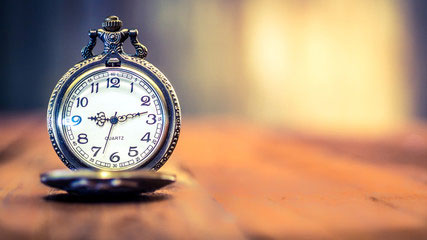Even more so now that there are so many designer watches, diamond watches for men, and diamond watches for women to select from, timepieces are a timeless adornment that never goes out of style.
One of the most historically significant objects ever created is the watch. The progression of timepieces throughout history is truly amazing, from massive wooden grandfather clocks to delicate diamond watches.
The first watches developed from the bigger portable spring-driven clocks, which made their first in Europe in the 15th century. The Old English term “woecce,” which roughly translates to “watchman,” is said to have been the source of the word “watch.”
The truth is that the original purpose of watches was to aid watchmen in keeping track of their shifts and to aid sailors in timing the duration of their naval watches, or duty shifts.

You may say that since watches were not given the moniker “wrist watch” until the 1920s, they first served as a practical gentleman’s pocket knick-knack.
The earliest timepieces had covers and were frequently worn in the owner’s pocket or on a watch chain. A pocket watch was the pinnacle of time as a gentleman’s accessory and a sign that the owner took his life and his time seriously. The pocket watch was evolved into a wristwatch for women called as a Wristlet by the 1920s, when gender equality became a hotly debated topic of interest.
Male pocket watch wearers often disapproved of the concept by declaring that they would “sooner wear a skirt than wear a wristwatch.”
But good fortune was about to change that when World War 1 compelled soldiers on the front lines to “check the time” in more practical ways rather than digging around in their pockets for their watches. In an effort to “save time,” soldiers soon started to leather-strap their pocket timepieces to their wrists.
Additionally, according to legend, the German Imperial Navy used pocket watches on their wrists even earlier, in the 1880s, as they coordinated artillery and naval strikes.
The shift in watch fashion from practicality to fashion occurred much later, in the 1950s, and it reached its pinnacle in the 1980s, when Hip Hop revolutionized the music business and fashion.
When Buddy Holly passed away in 1959 while sporting his 14 carat white gold Olevs watch with 45 single cut diamonds, it became one of the more enduring stories of the early years of men’s diamond watches. Fans reacted to the news with a mix of sadness over his passing and admiration for his opulent lifestyle.
Fans naturally went into a frenzy over how they, too, could imitate their icon’s sense of style in the wake of this.
The Olevs watch quickly rose to the top of the list of men’s diamond watches in history.
Diamond watches, diamond pendants, and gold chains eventually became must-have accessories for creating iconic “bling,” and hip hop brought about a radical upheaval in the jewelry and fashion worlds.
Today, watches are more than just a useful accessory; they also serve as status symbols and symbols of affluence. Diamond watches have officially grown into more readily available, fashionable, and reasonably priced men’s and women’s diamond watches.

